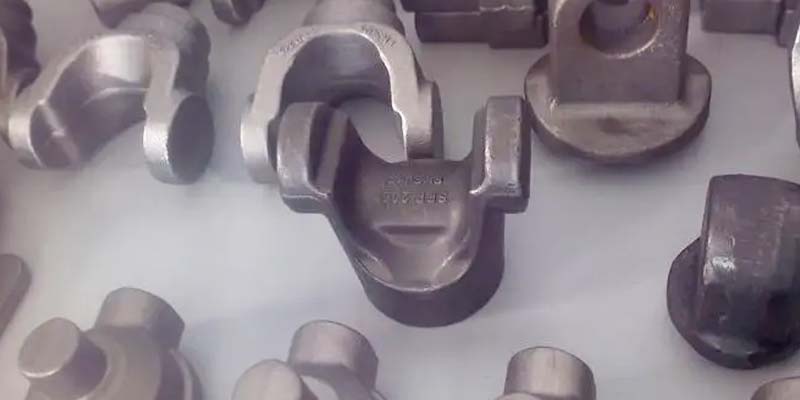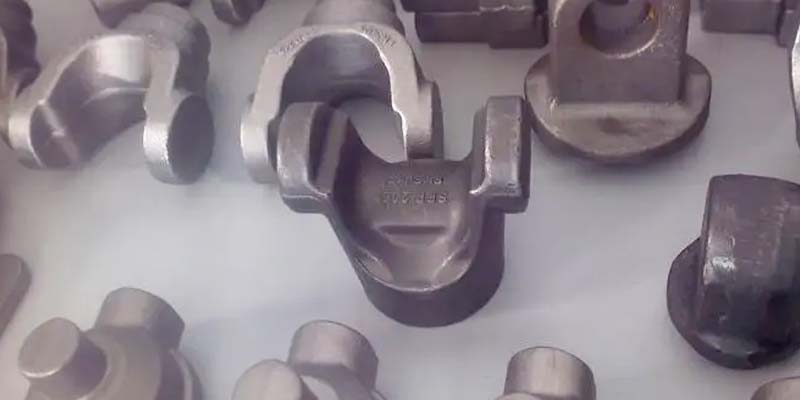- Contact Innally, Let you purchase forgings in China more favorable prices, products more assured!
- Hotline:+(86)15038323776 Email:innally@innally.com
Classification of forgings for construction
- Category: Steel forgings
- |
- Date: 16/08/2023
Use category: Structural forgings: Key components used to support and carry building structures, such as columns, support beams, etc. Connector forgings: Components used to join building components, such as bolts, nuts, etc. Decorative forgings: Components used for exterior decoration and interior decoration of buildings, such as handrails, doorknobs, etc.
- On-demand customization
Product Details
Forgings for construction are usually classified according to material, shape and purpose. Here are some common ways to categorize:
Material classification:
Carbon steel forgings: suitable for most building structures, with high strength and durability.
Alloy steel forgings: various alloying elements are added to improve corrosion resistance and high temperature resistance.
Stainless steel forgings: with good corrosion resistance and aesthetics, suitable for building parts that need corrosion resistance.
Shape classification:
Steel forgings: flat plate shape, often used to make large beams and columns and other building components.

Forged shaft: Long strip shape, often used to make parts such as connectors or drive shafts.
Forged ring: annular shape, often used to make flanges, bearings and other parts.
Forging blank: Usually in round or square supply for subsequent processing, used to make various shapes of building parts.
Use category:
Structural forgings: Key components used to support and carry building structures, such as columns, support beams, etc.
Connector forgings: Components used to join building components, such as bolts, nuts, etc.
Decorative forgings: Components used for exterior decoration and interior decoration of buildings, such as handrails, doorknobs, etc.
Please note that this is only a general classification, and there may be more subdivisions involved. In the specific design and manufacturing process, it is necessary to select and design according to specific needs and requirements.
nannan
INNALLY mainly provides you with various types of cast and forged parts products. Welcome your inquiries! innally@innally.com
Related Products
Search
Forging center
- Steel forgings
- Aluminium alloy forging
- Titanium alloy forging
- Stainless steel forging
- Copper forging
- Automotive forgings
- Locomotive forging
- Bicycle forgings
- Motorcycle forging
- Rigging and fasteners
- Bearing forging
- Electric power fittings
- Marine forging
- Mechanical forgings for metalworking
- Mining machinery forgings
- Marine engineering forgings
- Construction machinery forgings
Popular product

© 2025. All Rights Reserved.







